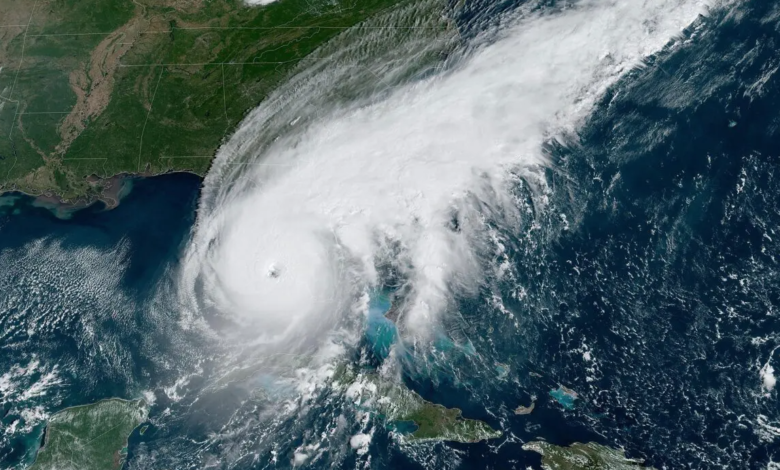Hurricane Ian makes Florida an impossible land for insurance companies

With $53-74 billion in insured damage, Hurricane Ian is the 2 most damaging event in US history
(sustainabilityenvironment.com) – After Kathrina, Hurricane Ian was the most extreme and harmful climatic event in the history of the United States. There is still a complete estimate of the devastation that a caused, but initial estimates speak of 53-74 billion dollars just counting the insured properties. And it is precisely for this industry, insurance, that Ian will probably be a turning point.
Many insurance companies are considering no longer providing services for properties in Florida. Too high the risk of having to pay astronomical figures for increasingly intense and frequent hurricanes. The alternative is to tweak insurance premiums upwards. Making them, in fact, prohibitive for many. Already today Florida pays about triple more than the national average, more than 4 thousand dollars a year.
The insurance companies, in turn, will shift much of the burden of Hurricane Ian onto reinsurance. But the blame game has to stop at some point. One of the most important reinsurance companies, Swiss Re, predicts that due to Ian’s economic impact, he will lose $500 million in the third quarter. Everest Re, another insurance company, is expecting a $600 million liability.
Read also A hurricane season above average approaches again in the Atlantic
With the intensification of extreme events, the rate of losses (insured and not) tends to increase by about 5-6% annually for at least 2 decades. The United States is one of the global hotspots and faces tens of billions of damage every year. In 2021 the total number of insured losses came to 112 billion dollars, of which 30 for Hurricane Ida, the most devastating of the season. By comparison, the floods in Central Europe in July 2021, which buried entire countries in Germany and hit Belgium and France hard, caused a total of EUR 13 billion in insured damage.





